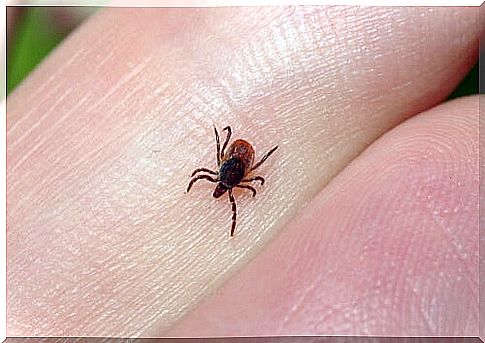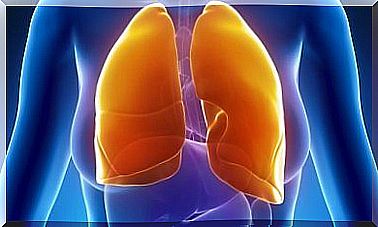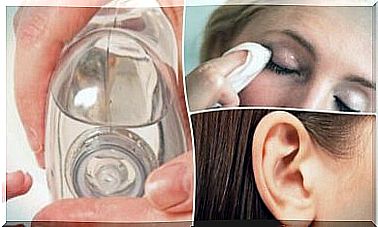Watch Out For Ticks! Learn About Lyme Disease And Its Risks
Although the most severe cases of Lyme disease have occurred in the northeastern and midwestern United States, the risk may also exist on other continents.

Lyme disease is an infectious disease caused by a germ called a spirochete. It is found mainly in the Ixodes scapularis, known as the “black-legged tick”.
In summer, many people take advantage of the good weather to enjoy the outdoors, whether on a field trip, camping days or dinners on the lawn, which are ideal to share with friends and family.
But while these plans are great for spending time with loved ones, they also pose a risk of catching Lyme disease, which is a type of tick-borne infection.
Health authorities have been warning for some years the risks that ticks pose to human health. For this reason, it is very important to learn about it and do everything possible to reduce the risk of infection.
What is Lyme disease?
Lyme disease is an infectious disease caused by a germ called a spirochete. Being carriers of this bacteria, ticks pose a risk to human and animal health.
This is because one of its bites can spread the disease and lead to a series of symptoms that affect the quality of life.
Symptoms
One of the first signs of Lyme disease is a skin rash. It usually appears between 3 and 30 days after the tick bite.
The rash usually begins at the site of the tick bite. In the area of the bite there is a redness that can gradually grow and spread throughout the skin.
Other symptoms that may appear as a consequence of this disease are:
- Fever.
- Shaking chills.
- Headache.
- Fatigue.
- Joint and muscle pain
Although it occurs in very few cases, the disease in its first stage can spread to the heart and nervous system.
If something like this happens, the person may also experience other symptoms such as:
- Slow or irregular heartbeat
- Bell’s facial palsy.
- Numbness in the arms and legs.
- Swelling of the membranes that surround the brain.
What happens when Lyme disease progresses?
When the early symptoms of Lyme disease are ignored and not treated promptly, the bacteria can spread to other parts of the body. As the days go by, the symptoms will get worse.
At a more advanced stage, the person with this health problem may begin to suffer from arthritis and problems with the nervous system. In the case of arthritis, it almost always affects the knee and rarely involves damage to more joints.
It is rare that the disease progresses to other stages. However, when this occurs, the following symptoms may also be experienced:
- Trouble concentrating
- Changes in mood
- Changes in sleep habits
- Loss of memory.
- Muscular weakness.
Who can get Lyme disease?
People who spend a lot of time outdoors, especially where there are animals, are at higher risk for Lyme disease. This is because they are in areas where ticks are very likely to be present.
Ticks generally prefer the upper part of grasslands and low shrubs so that people or animals can graze on that part.

Ticks often crawl through clothing before attaching to the skin. In addition, once they adhere, it is difficult to detect them, since they do not usually cause discomfort and almost always go unnoticed.
Not all ticks carry the disease, but any can pose a health risk. This is why it is very important to fight them and try to keep them as far away as possible.
What is the treatment for Lyme disease?
As shown by the U.S. National Library of Medicine, people who have been bitten by a tick should be closely watched for at least 30 days for a rash or symptoms.
A single dose of the antibiotic doxycycline may be given to someone shortly after being bitten by a tick, if all of these conditions are true:
- The person has a tick attached to the body that can carry Lyme disease. This generally means that the tick has been examined and identified by a nurse or a doctor.
- The tick is believed to have been attached to the person for at least 36 hours.
- The person can start taking the antibiotic within 72 hours after the tick is removed.
- The person is over 8 years old and not pregnant or breastfeeding.
- The local rate for ticks carrying B burgdorferi is 20% or higher.
It should also be noted that a cycle of antibiotics is used between 10 days to 4 weeks so that people who have been diagnosed with Lyme disease can be treated, depending on the drug option:
- The selection of the antibiotic depends on the stage of the disease and its symptoms.
- Common options include doxycycline, amoxicillin, azithromycin, cefuroxime, and ceftriaxone.
Pain relievers, such as ibuprofen, are sometimes prescribed for joint stiffness.








